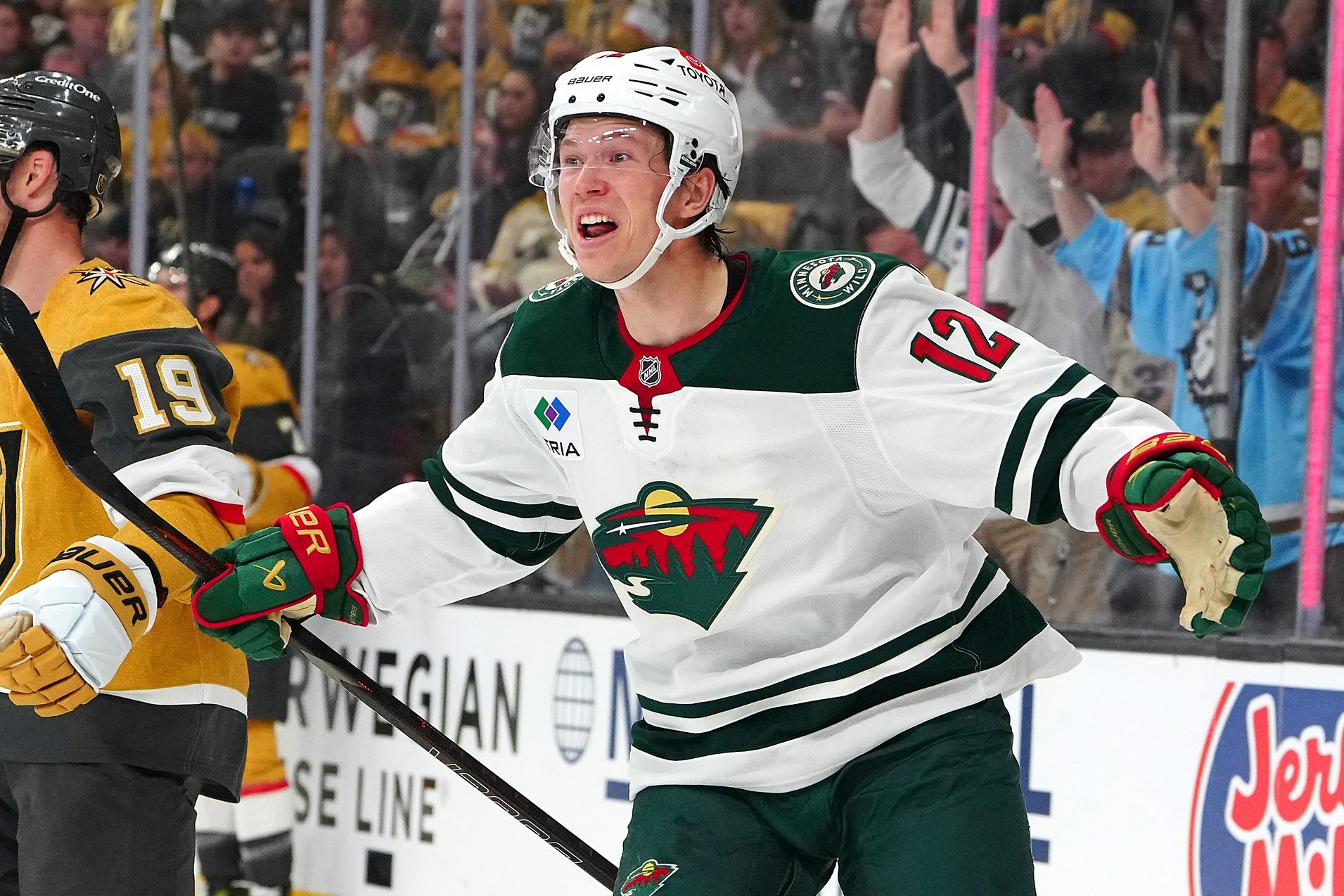
With the obvious exception of Matt Boldy's two-goal performance, Game 1 of the Minnesota Wild's series was a bit of a letdown. The Vegas Golden Knights (mostly) did a solid job protecting Adin Hill, and the Wild offense suffered droughts. It took Vegas' second-ranked power play six seconds to burn Minnesota's 30th-ranked penalty kill. And of course, the Wild couldn't steal a game in Vegas like they did in Game 1 of their 2021 playoff series, which they lost 4-2.
Most disappointingly, we didn't even get a real chance to see what Zeev Buium could do on the power play in his NHL debut. The 2024 (last year!!) first-round pick played 13:27 last night, with just one minute and 38 seconds on the power play. That's because each side drew exactly one penalty before the final 61 seconds of the game, when Boldy had to trip William Karlsson to prevent an empty-net chance.
Vegas has a big roster, but they're the least-penalized team in the NHL. And at least in the regular season, they didn't hit much, finishing 30th in the NHL in 5-on-5 hits per hour (Minnesota out-hit them 54-29 last night). So while Tomas Hertl dumping Freddy Gaudreau in the faceoff circle before Pavel Dorofeyev's power play goal, or Nicolas Hague bowling over Ryan Hartman with a cross-check drew ire from the State of Hockey, the refs were content to swallow the whistle.
That's less than ideal for Buium and a Wild power play that includes recently returned Kirill Kaprizov and Joel Eriksson Ek. Getting steady power play time would be an easy way to get Buium some puck touches and quickly get into a mindset where he's just playing another game. The Wild's biggest weapons didn't have time to adjust to their new quarterback in a playoff situation. They went scoreless on their only opportunity and never really threatened.
But what's bad for the power play isn't what's bad for Minnesota. If the rest of the series is called like Game 1, it'll be the right conditions for the Wild to win.
The Wild are, and have always been, the quintessential low-event, 5-on-5 team. They're always among the top teams in suppressing scoring chances at 5-on-5, and manage to muster enough offense to get a solid share of the goals and scoring chances. Injuries masked this quality this season -- Minnesota had just 48.6% of the 5-on-5 goals and 49.7% of the expected goal share -- but when healthy, that's how the team operates.
Minnesota played the Golden Knights to a draw at 5-on-5 and actually took a significant lead in the expected goals battle. In a game where 56 minutes and 24 seconds were played 5-on-5, the Wild held Vegas to 2.42 expected goals, which is less on a per-minute basis than the Knights' regular-season average of 2.77 per hour at 5-on-5.
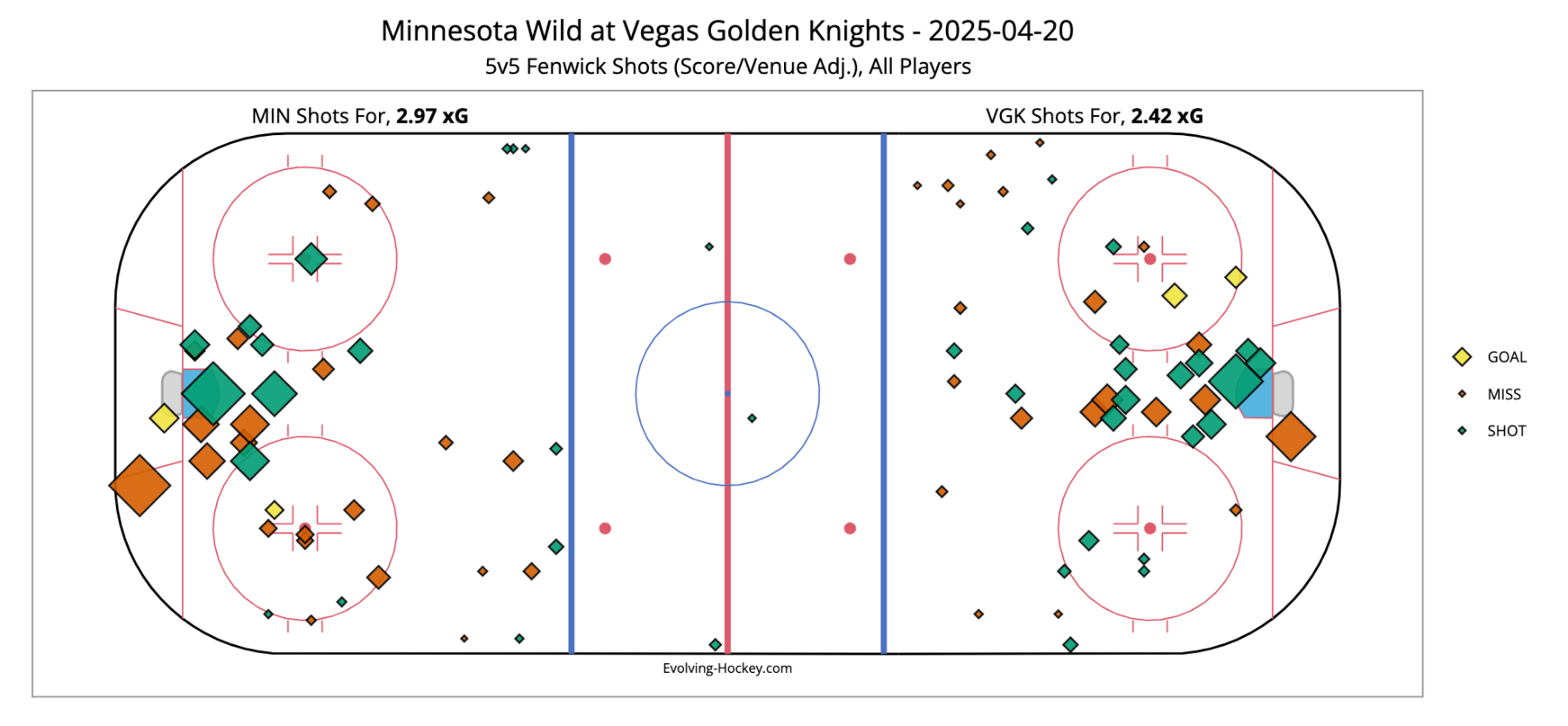
That especially holds true for Filip Gustavsson, a top goalie at 5-on-5, but generally closer to middle-of-the-pack when shorthanded. Among the 39 goalies who've faced 1,000-plus unblocked shot attempts at 5-on-5, the "Gus Bus" has a .927 save percentage. Only Anthony Stolarz, Connor Hellebuyck, Darcy Kuemper, and Andrei Vasilevskiy can claim better. That's as lights-out as they come.
However, take one guy away from the Wild's side, and you see Gustavsson drop to 20th among 35 goalies (minimum 200 4-on-5 unblocked attempts) with an .859 save percentage. It's not horrible, and Minnesota's penalty kill does him no favors. Still, there's a significant difference between what Gustavsson does with a full defensive structure in front of him and when the Wild don't have the manpower to shut down every scoring lane.
It's frustrating to see penalties go uncalled, but increasing calls for one side will almost always lead to more power plays for the other. Referees want to balance things out, it's in their nature, so more power play opportunities for Minnesota will mean more opportunities for Vegas and their second-ranked power play to punish the Wild's penalty kill.
It's why when The Athletic's Michael Russo asked John Hynes about non-calls post-game, he didn't exactly lobby for the officials to get whistle-happy.
"I think you have to play the game that's there, you know?" said the coach. "Tonight, it was a strong 5-on-5 game by both teams. I think you have to take each game for what it is and understand what's going on in the game. At the same time, both teams are pretty disciplined. I think they're the least-penalized team in the league, we're [the eighth least-penalized] in the regular season. That's a big part of it as well."
Buium might change the math if he settles into the power play. However, entering the season, the equation was simple for Minnesota: 5-on-5 is good, special teams bad. Playing 94% of the game at 5-on-5 gives the Wild the best chance to win. Hynes was right not to rock the boat for a different outcome from the officiating. The game played into his hands.
If this status quo holds, the only question is whether the Wild has the juice to get past Vegas. The Golden Knights were a dominant 5-on-5 team this year, finishing sixth in goal share (54.5%) and fifth in expected goal share (53.4%). In addition to Jack Eichel, Mark Stone, and Hertl, they've also got depth that the cap-strapped Wild simply couldn't field this year.
Minnesota might not have enough punch to overcome the talent gap between the two teams, even if they can play the series on their terms. But for now, and as long as the officiating keeps this match-up from turning into a special-teams contest, the Wild showed they can put up a good fight against an elite team.
Think you could write a story like this? Hockey Wilderness wants you to develop your voice, find an audience, and we'll pay you to do it. Just fill out this form.
-
 5
5

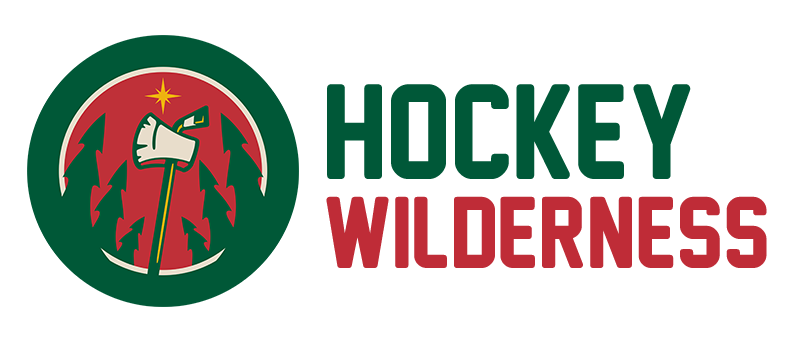


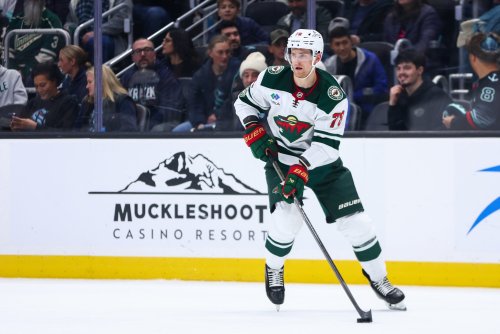
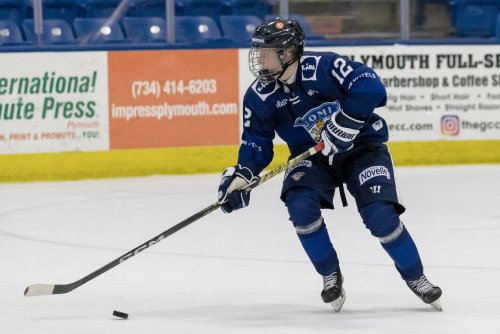


Recommended Comments
Join the conversation
You can post now and register later. If you have an account, sign in now to post with your account.
Note: Your post will require moderator approval before it will be visible.